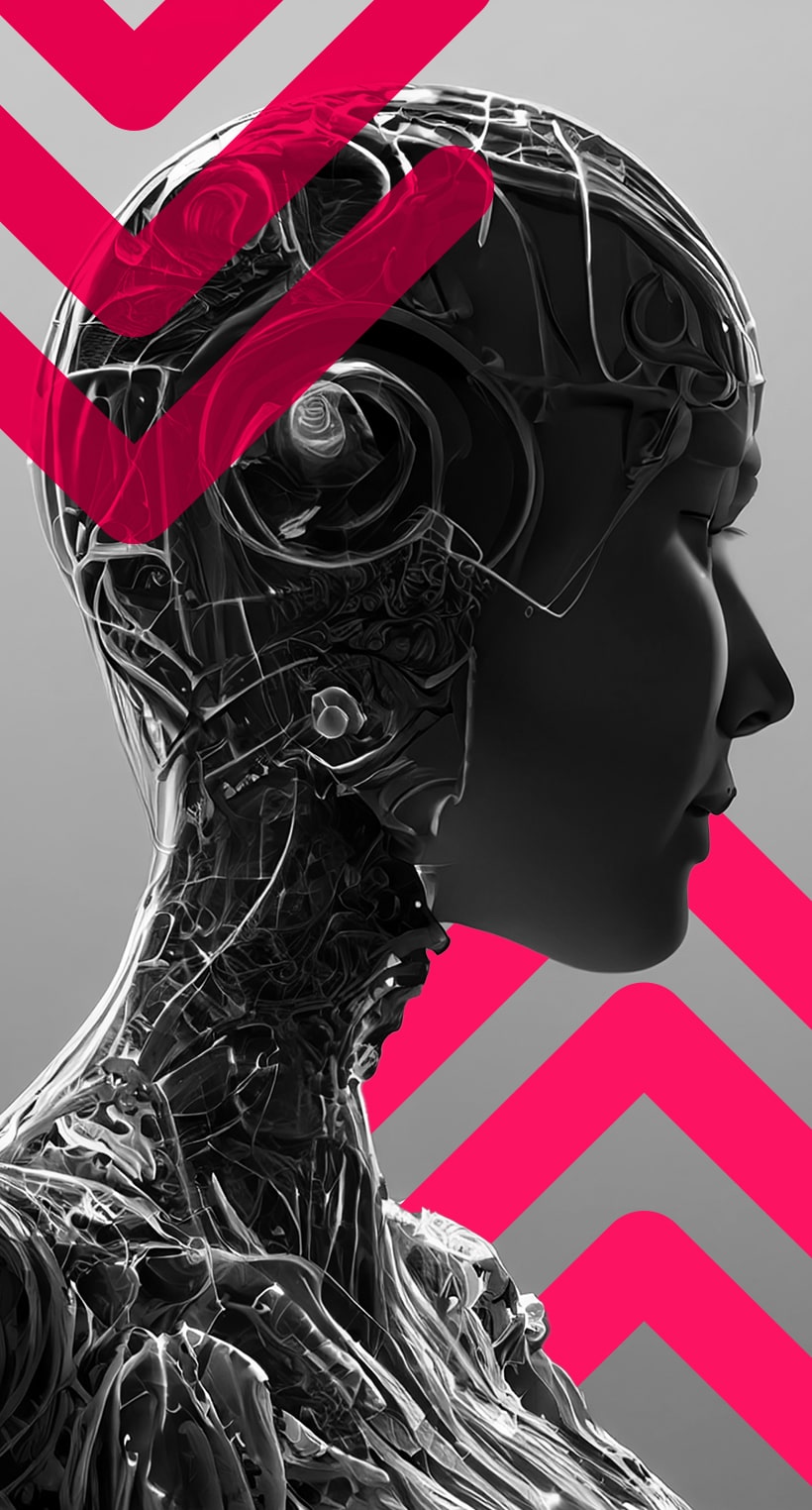In recent years, Artificial Intelligence (AI) has gained immense popularity and is transforming various industries, changing the way we live and work. While there are concerns about its impact on the workforce, we should view AI as an opportunity for collaboration to achieve maximum productivity.
The benefits of AI-human collaboration are extensive. With AI, we can automate repetitive and mundane tasks, freeing up humans to focus on more creative and strategic work. The speed at which AI can process vast amounts of data provides valuable insights for decision-making. Additionally, AI can improve accuracy and efficiency, leading to heightened productivity and cost savings. The key is finding ways for humans and AI to complement each other’s strengths in a harmonious working relationship.
Case Studies of Successful AI Integration in Businesses
Numerous businesses have already embraced the collaboration between humans and AI, and have seen positive results. For example, AI has been utilised in the healthcare industry to analyse medical images and identify diseases accurately. This not only eases the workload for healthcare professionals but also enhances patient diagnosis and treatment outcomes. Another example is customer service, where AI-powered chatbots handle basic inquiries, allowing human agents to focus on more complicated tasks. This has led to quicker response times, increased customer satisfaction and business cost savings. Additionally, in manufacturing, AI-powered robots are being used to automate tasks on assembly lines, leading to improved efficiency and fewer errors. This partnership between humans and AI has boosted productivity and created safer working conditions for employees.
Overcoming Challenges in AI-Human Collaboration
While the benefits of AI-human collaboration are evident, some obstacles must be overcome to successfully integrate them. One major challenge is the fear of job displacement, where individuals worry that AI will take over their jobs altogether. However, history has shown that technology often creates new opportunities while transforming existing ones. Instead of fearing job loss, we should prioritise upskilling and reskilling employees to adapt to the evolving landscape.
Another issue is the lack of trust in AI. Humans tend to be wary of machines, and relying on AI for critical decision-making can be daunting. To address this, businesses must prioritise transparency and explainability in AI algorithms. By offering insight into how AI makes decisions, we can establish trust and foster collaboration between humans and machines.
Strategies for Implementing AI in the Workplace
Implementing AI in the workplace requires careful planning and strategy. Here are some key strategies to consider:
- Identify pain points: Assess your business processes and identify areas where AI can bring the most value. Focus on tasks that are time-consuming, repetitive, or require significant data analysis.
- Collaborate with employees: Involve your employees in the AI implementation process. Seek their input, address their concerns, and provide training and support to ensure a smooth transition.
- Start small: Begin with pilot projects to test the effectiveness of AI in your specific business context. This allows for adjustments and learnings before scaling up the implementation.
- Continuous evaluation and improvement: Regularly evaluate the impact of AI on productivity and make necessary adjustments. AI technology is constantly evolving, so it’s essential to stay updated with the latest advancements and adapt accordingly.
The Future of AI and its Potential to Enhance Productivity
The future of AI offers exciting possibilities for increasing productivity in various industries. As AI continues to evolve, we can anticipate increased routine task automation, freeing human labour for more complex and imaginative work. This transformation will redefine job responsibilities, necessitating individuals to acquire new skills and embrace ongoing learning.
Additionally, AI has the potential to transform decision-making processes by analysing massive amounts of data and providing real-time insights. This will empower organisations to make well-informed and strategic choices, leading to enhanced productivity and a competitive edge.
However, it is essential to acknowledge that AI is a tool, and it is the collaboration between humans and AI that will drive productivity. By harnessing the unique strengths of both, we can achieve optimal efficiency and foster innovation.
Training and Upskilling Employees for AI Integration
As artificial intelligence continues to play a larger role in the workplace, it is crucial for companies to invest in their employees’ training and development. This ensures they can navigate the ever-changing landscape and collaborate effectively with AI systems.
Training programs should focus on developing skills that are complementary to AI technology. These include critical thinking, problem-solving, creativity, and emotional intelligence. By emphasising these skills, employees can excel in areas where AI may fall short, such as complex decision-making and interpersonal communication.
Upskilling opportunities can take various forms, including workshops, online courses, and mentorship programs. It is essential to provide ongoing support and resources to employees so they can continually update their skills and stay ahead of technological advancements.
Conclusion
In conclusion, the potential for collaboration between humans and AI is immense, opening up possibilities for increased productivity and innovation. With the help of AI technology, businesses can automate mundane tasks, gain valuable insights, and make more informed decisions.
However, successfully integrating AI into operations requires careful planning, cooperation, and continuous assessment. It also demands training and upskilling of employees to adapt to this evolving landscape and effectively work alongside AI systems.
By embracing the capabilities of AI and partnering with intelligent machines, we can achieve optimal productivity and propel growth in the digital era.
;)
;)
;)